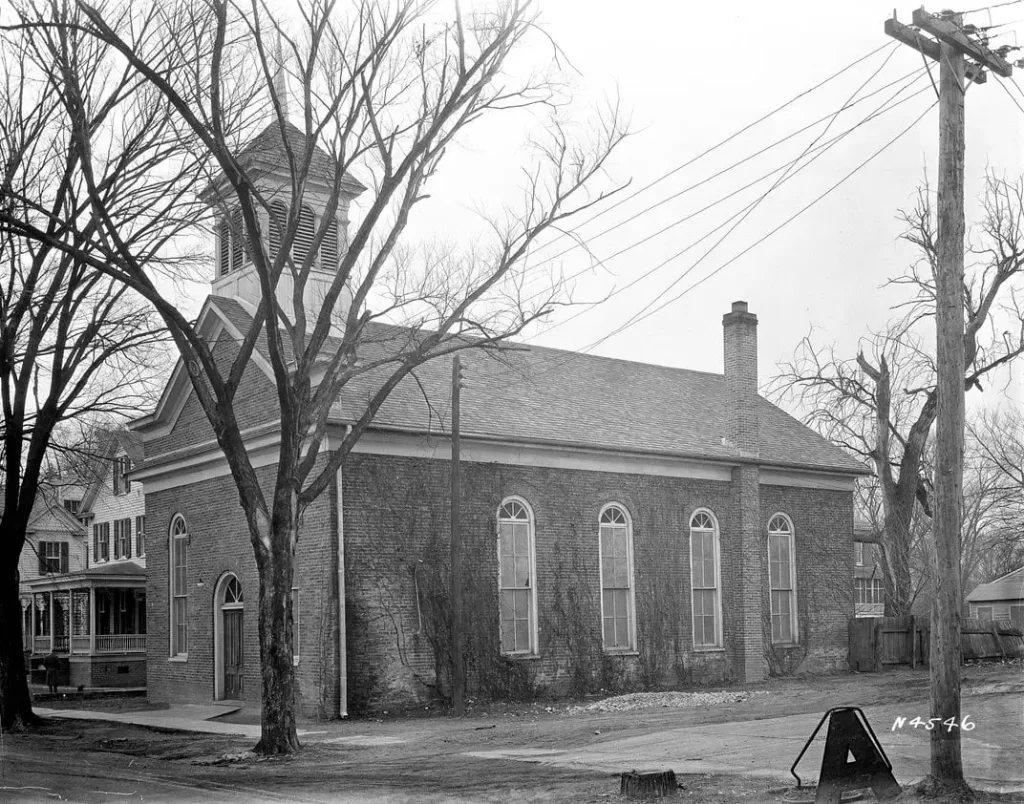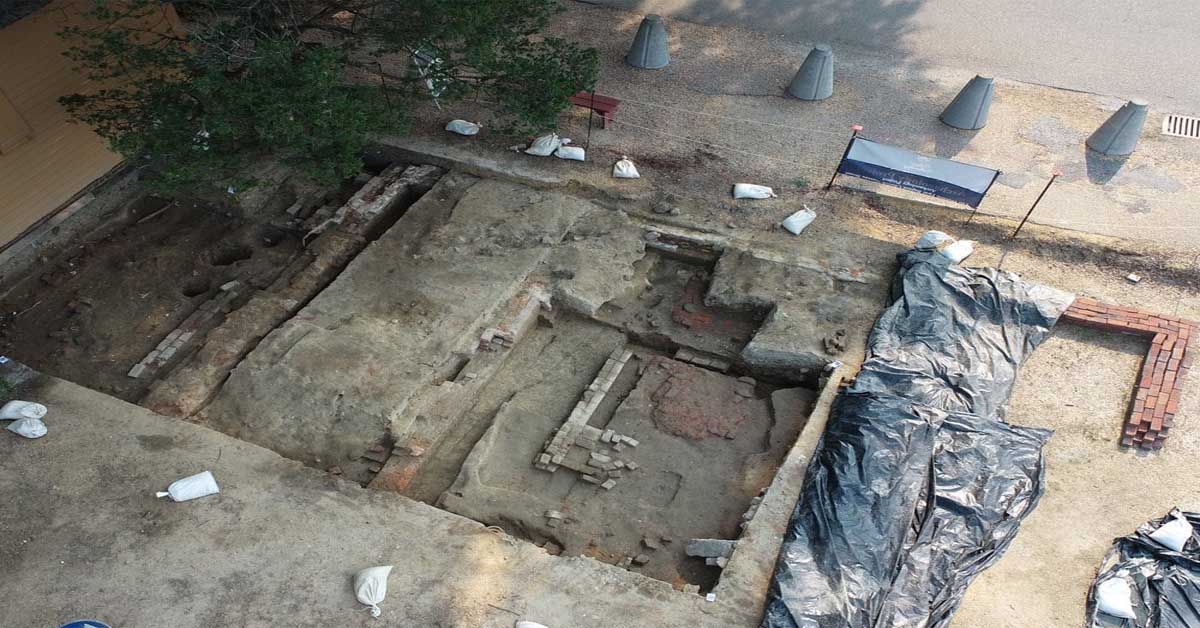DNA Testing Confirms Identities of Human Remains Found at First Baptist Church in Williamsburg
In 1776, free and enslaved Black worshippers began meeting secretly in Williamsburg, Virginia. Later, in 1818, the congregation—called the First Baptist Church—constructed its first permanent meeting house.

A tornado destroyed that original building in 1834, and in 1856 the congregation built a new brick church at the same site on what is now Nassau Street.
The brick building stood for 100 years until Colonial Williamsburg, a living history museum, purchased the property, demolishing the church and building a parking lot at the site in 1956.
The First Baptist Church used the proceeds from that sale to fund the construction of a new worship house about a mile away.
Now, historians are finally starting to unravel some of the long-lost secrets of the historic church’s original location.
After conducting DNA analysis, scientists have determined that three men buried at the site were members of the church’s congregation in the early 19th century. The findings confirmed what many had already suspected: that the church buried members of its congregation on the property.
“That has always seemed like the most logical explanation for these burials, but without definitive proof, we couldn’t rule out the possibility that the burials were associated with another group or from a different time period,” says Jack Gary, director of archaeology for Colonial Williamsburg, in a statement. “Now the congregation can decide how to move forward.”
The excavations arose as part of Colonial Williamsburg’s broader attempts to make its living history museum more accurate and inclusive. While Black residents made up more than half of Williamsburg’s population throughout the 18th and 19th centuries, Colonial Williamsburg did not begin including Black history in its materials until 1979, reports Ben Finley for the Associated Press (AP).
In 2020, Colonial Williamsburg began excavating the site in partnership with the First Baptist Church descendent community, as well as the Let Freedom Ring Foundation and the College of William & Mary. In October 2021, archaeologists announced that they had unearthed the foundation of the original 1818 building.
Over the course of the dig, they also discovered 63 grave shafts. From those, experts selected three graves for further study, including bone analysis and DNA testing. Only one set of remains, however, produced a viable DNA sample. From the DNA, scientists determined that the individual was a 5-foot-4 man of African descent, per the AP.

Based on the teeth found among this man’s remains, he was between 16 and 18 years old when he died and had experienced “early childhood stressors,” per the statement.
The condition of his teeth indicates that he may have been enslaved as a child, reports Michael E. Ruane for the Washington Post. His coffin appeared to have been reinforced with extra nails, suggesting someone moved his remains and reburied them in the church cemetery, though experts aren’t sure why. A piece of a wine bottle may have been used to mark the location of his gravesite.
While researchers couldn’t recover DNA from the other two sets of remains, they were able to glean some information from the bones via osteological analysis. These two individuals were also men, but they were a bit older, roughly between the ages of 35 and 45. All three of the men were buried around the first half of the 19th century.

“Some of these individuals … likely were part of the generation that built the first meeting house on Nassau Street,” says Gary to the TV station WVEC’s Eugene Daniel.
In addition to the human remains, researchers also studied archaeological artifacts from the site, including buttons, a straight pin and coffin nails.
After completing their studies, scientists reburied the remains at the original site. Once the broader excavation work wraps up, Colonial Williamsburg officials plan to find a way to memorialize those buried on the property.
“All over the country there has been reckless disregard for African American bodies,” says Connie Matthews Harshaw, a member of First Baptist Church, to the AP. “We are now becoming an example to the rest of the country.”




